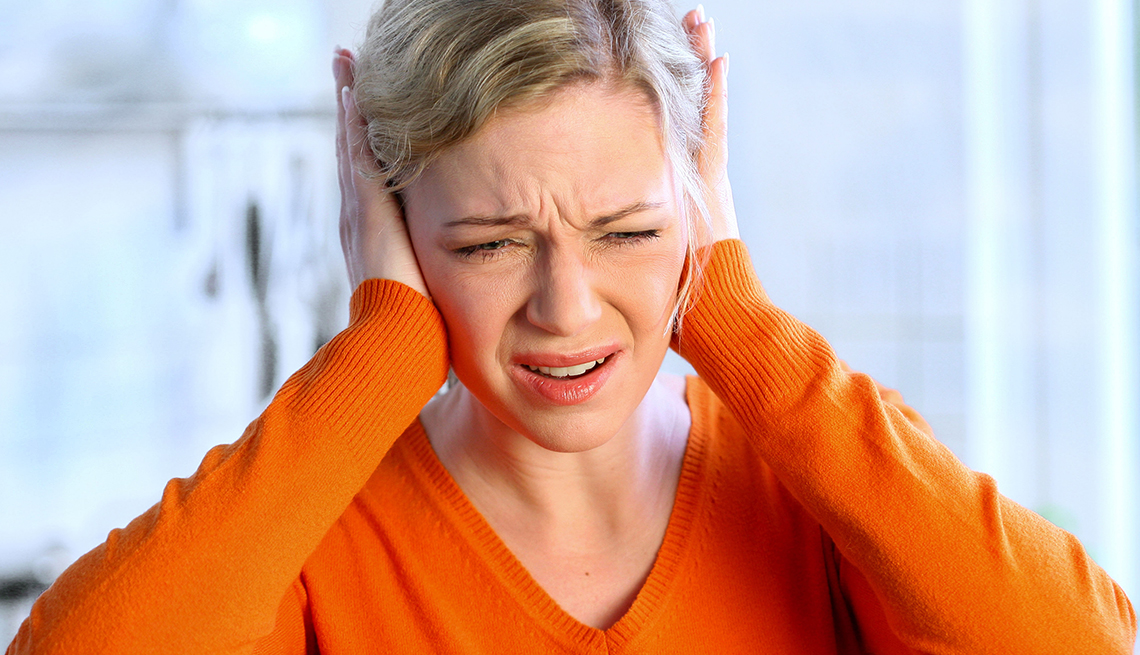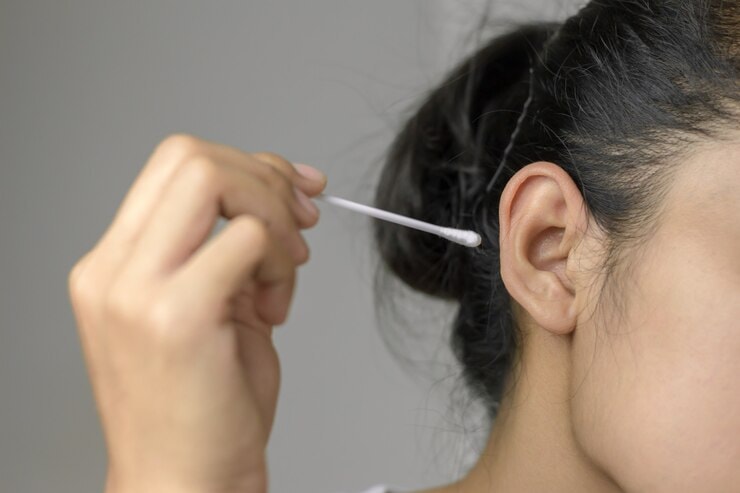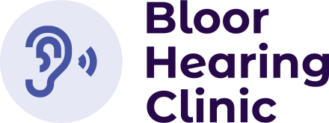
Our Blog
Removing Ear Wax Blockage Safely At Home
You can safely remove earwax blockage at home using softening methods and gentle remedies. However, this can be easier said than done especially when self-cleaning has posed risks to ear health. Ear self-cleaning practices can damage your eardrums and lead to serious ear infections when not done right.
Before you grab a cotton swab (we’ll get to why that’s a bad idea later!), let’s understand earwax blockage and when removing it at home is safe. Dive in.

How Do I Get Wax Out of My Ear?
You don’t really have to most of the time.
Our ears are pretty good at taking care of themselves. Earwax (cerumen) is a natural substance produced in the outer ear canal. It traps dust, dirt, and other debris, acting as a protective barrier and preventing infections. In most cases, earwax naturally moves out of the ear canal on its own towards the outer ear opening, thanks to jaw movement and chewing.
Earwax buildup happens when your body is overproducing excess wax, causing blockages. This can happen when you have narrow ear canals or you have been using cotton swabs the wrong way. The following factors also contribute to earwax blockages, also known as cerumen impaction:
Genetics: Just like hair or eye colour, some people are naturally predisposed to producing more earwax than others.
Aging: As we get older, earwax tends to become drier and stickier. This can make it less likely to clear itself naturally.
You use certain objects in your ears: Cotton swabs, bobby pins, or even hearing aids can push earwax deeper into the canal, leading to a blockage.
Skin conditions get involved: Eczema and other skin conditions can affect the production and type of earwax, making it more prone to buildup.
Excess hair growth: This can make it difficult for earwax to move out naturally.
Beyond these causes, there are also certain activities that can irritate the ear canal and contribute to earwax buildup, such as:
Frequent swimming or exposure to water: While swimming can sometimes help loosen earwax, it can also soften the skin in the ear canal, making it easier for debris and dead skin cells to get trapped.
Using earbuds or headphones for extended periods: Earbuds and headphones can trap heat and moisture in the ear canal, creating an environment conducive to earwax buildup.
If you have been experiencing painful or uncomfortable symptoms from earwax blockages, do not attempt to remove ear wax. Below are signs that you should see a professional first.
When You Should See a Professional
There are situations where earwax removal at home isn’t ideal. If you experience any of the following, visit an audiology clinic in Toronto and see an audiologist.
Hearing Loss
A significant drop in hearing ability could indicate a blockage or another underlying issue like hearing loss due to age, exposure to loud noises, or certain medical conditions. A hearing test Toronto audiologist can perform a comprehensive test to determine the exact cause and treatment.
Ear Pain
Ear pain, especially with any fever or drainage, can be a symptom of an ear infection. Severe pain might point towards a ruptured eardrum.
Recent Ear Surgery or a Perforated Eardrum
If you’ve had any recent ear surgeries or have a known perforated eardrum, avoid home removal methods altogether. Water or other solutions used for earwax removal can irritate or damage the healing eardrum or surgical site.
Try These Remedies At Home
You can try some gentle home remedies such as learning how to massage earwax out to soften earwax and encourage natural ear wax removal but ensure you have no pain or other symptoms mentioned above. These methods are simply to remove blockages from too much wax that may cause some trouble hearing.
Soften the Wax
Mineral oil, hydrogen peroxide, or olive oil: Apply a few drops of mineral oil, 3% hydrogen peroxide mixed with an equal amount of warm water, or olive oil into the affected ear canal while tilting your head to the side. Hold for a few minutes, then allow the solution to drain with your head tilted to the other side. Repeat this process for a few days.
Shower: The warm water and steam from a hot shower can help loosen earwax buildup. Tilt your head and gently direct the shower stream towards your outer ear (not directly into the ear canal).
After Softening the Wax
Over-the-counter (OTC) wax softeners or ear drops: Follow the instructions on the specific product you choose. These drops typically contain carbamide peroxide, which helps break down earwax.
Saline solution: Irrigate your ear canal with a bulb syringe filled with warm saline solution. Tilt your head and gently squirt the solution into your ear canal. Let the water drain naturally. (Important Note: Avoid ear irrigation if you have or suspect a swimmer’s ear, a middle ear infection). Only use warm solutions – never use hot water, which can damage the delicate ear canal.
Caution Against Ear Cleaning Home Remedies
Below are some methods you should definitely avoid.
Cotton Swabs
These can actually push earwax deeper into the ear canal, worsening the blockage.
Other Objects
Never insert anything like bobby pins, paper clips, or cotton buds into your ear canal. This can damage the skin and even rupture your eardrum.
Ear Candles
This method involves inserting a hollow cone-shaped candle into the ear canal and lighting the other end. It’s not only ineffective but also dangerous, potentially causing burns or injuring the eardrum.
Essential Oils
Avoid using essential oils like tea tree oil or garlic oil directly in your ear. These can irritate the sensitive skin in the ear canal and lead to infections.
Cautions for Those Wearing Hearing Aids
If you wear hearing aids, earwax buildup can affect their performance. However, avoid using any cleaning methods that involve putting anything in your ear canal. See an audiologist for safe cleaning recommendations and professional ear wax removal in Toronto.
Conclusion
If you’ve tried these home remedies for a week or two and your earwax blockage persists, or if you experience any pain or discomfort, see an audiologist. They can safely remove the blockage and recommend strategies to prevent excessive earwax buildup in the future. Your ears are very delicate, so prioritize safe and effective methods for removing earwax and avoid any practices that could cause further problems.
